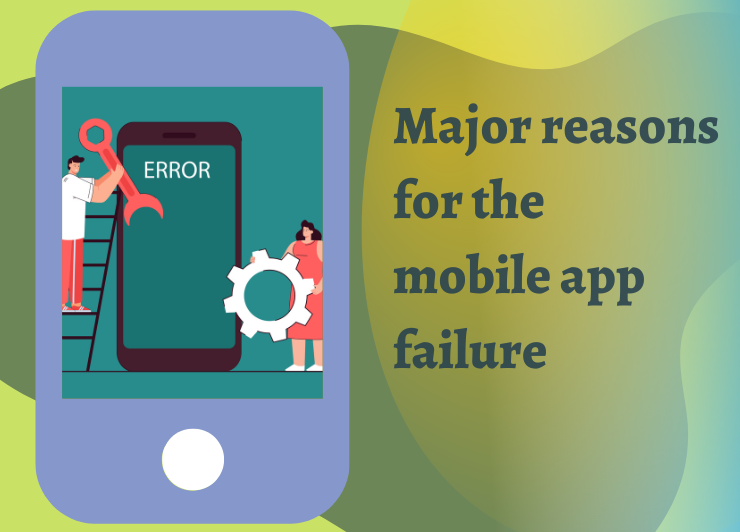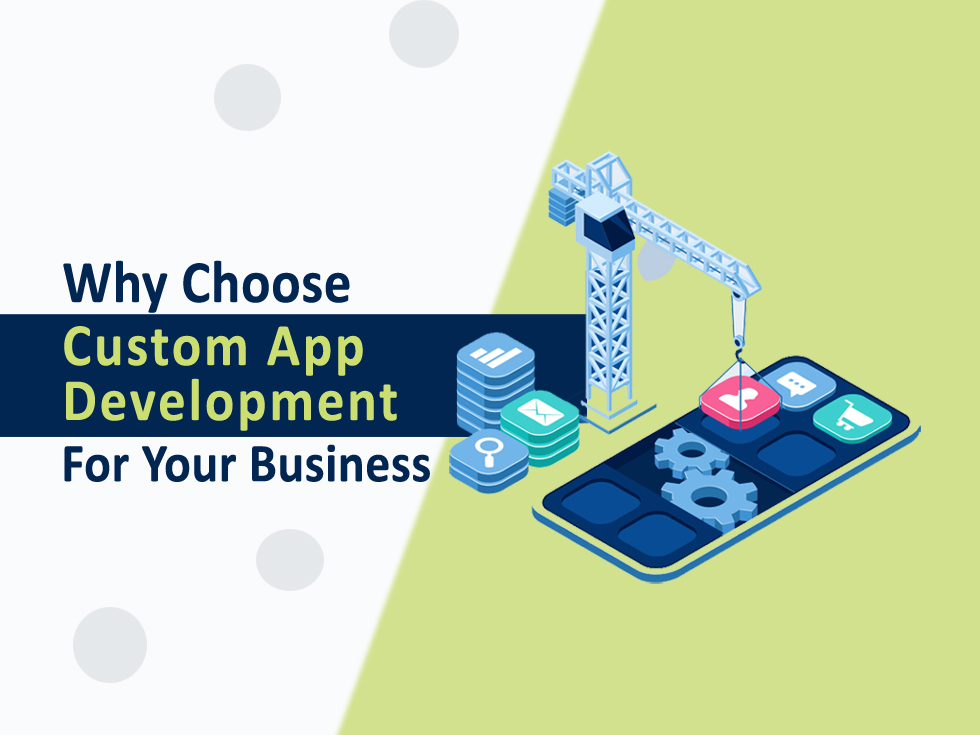New terminologies and concepts emerge in the ever-changing world of technology, frequently perplexing non-experts. API (Application Programming Interface) is one such concept that has become essential in modern Web Application development. Understanding how developers use APIs in projects is critical whether you’re a seasoned tech professional or just starting out. This essay will go into the realm of APIs and their critical significance in software development.
API: Unveiling the Basics
API stands for Application Programming Interface. It’s a mechanism that facilitates the exchange of data between different software applications. An API consists of two key elements:
- The Interface: This element ensures seamless communication between two applications.
- The Specification: It outlines the details of data exchange and defines how data can be retrieved.
How APIs Work
To grasp the essence of APIs, think of them as the pedals and wheels of a car. When you drive a car, you don’t need to understand the intricate workings under the hood. You simply use the pedals and wheels to move from one place to another. Similarly, APIs empower developers to achieve the functionality they need for their projects without building everything from scratch. Developers can purchase pre-built features from trusted sources through APIs, leading to faster and cost-effective development.
The Many Faces of APIs
The world of APIs is vast and diverse, thanks to advancements in technology. Developers can choose from a plethora of APIs tailored to their specific project needs. Two primary categories of APIs are worth exploring:
- Open APIs (Public APIs):These APIs are freely shared across networks, allowing developers from various backgrounds to access them easily. However, open APIs may have limitations on structural access, giving publishers control over security management.
- Internal APIs:Internal APIs are used by in-house development teams to facilitate communication between software products within a company. These APIs are not accessible to third parties due to data privacy concerns.
Partner APIs: A subset of open APIs, partner APIs, comes with terms and conditions for access. Developers can use them after payment or subscription, enjoying a range of features during their active subscription.
Composite APIs: Composite APIs enable developers to make multiple requests with a single call, improving speed and performance. However, they require highly skilled developers due to their complexity.
Classifying APIs by Structure
APIs can also be classified based on their specifications and use cases. Some notable examples include:
• REST (Representational State Transfer):
REST is a software architecture model that provides guidelines for web development. It is the API’s architectural middle ground. Because data is not stored on a physical disc, REST applies to all stateless architecture. Third-party storage facilities are used for storing.
If you have a system that handles many requests every time, REST allocates enough workload and has a load balancer that provides additional support. Again, the REST API has a cache operation system by default. This means that competent developers can use native architecture without modifying it.
Disadvantages of REST APIs
They lack a unified standard leading to implementation difficulties. The entire concept requires more recommendations. So, developers can’t be creative enough, which might affect the overall quality of the product. Above all, most engineers disagree in many aspects, thus slowing down the development process.
REST, once again, is only ideal for batch projects and does not handle small projects. In such cases, RPC is the best option.
As a developer, you must be highly-skilled to use REST APIs because the entire process is complicated in many ways.
• JSON-RPC and XML-RPC:
RPC stands for remote procedure call, and it refers to the process of sending data in XML or JSON format. The goal of RPC is to improve batch operations. As a result, RPC APIs can perform multiple functions in a single call. To comprehend APIs in computer terms, consider the following example.
When you have a social media website, you must create a clear profile, including a picture and a list of the services you provide. So, with RPC, you can do all operations with a single call. This means that API aids in the reduction of repetitive tasks.
RPC provides libraries for all programming languages, both client and server-side. If the RPC does not support the languages you are using, you can manually upgrade.
Again, there are some downsides of RPC compared to other APIs; for example, when you need to cache the data from the response, there must be several manipulations with the storage, leading to poor performance.
So, from the information above, if you don’t have a high-load web project, it could be high time you consider the RPC strategy to enhance performance and to speed up the development process.
• SOAP (Simple Object Access Protocol):
SOAP stands for Simple Object Access Protocol, and it defines API elements as well as a standard chain. It increases system speed by putting a lot of strain on the network.
REST and SOAP vary in that SOAP requires developers to look for HTTP protocol alternatives, whereas REST leverages HTTP automatically for scaling, caching, and other components.
SOAP sends responses in XML format, according to more information. However, in Java web services, it is preferable to use JSON format because XML format demands developers to change data processes, which lowers overall performance.
Consider REST if you have a website that requires editing features. Performance is everything in this environment.
Choosing the Right API
The choice of API depends on your project’s nature, specifications, and requirements. To select the most suitable API for your task, start by defining your project goals and understanding the specific needs of your development endeavor.
Conclusion
In the ever-expanding landscape of software development, APIs are the bridge that connects diverse applications, simplifying complex processes and accelerating project success. Whether you’re a novice or a seasoned developer, embracing the power of APIs is essential in harnessing the full potential of technology for your projects.
Related Posts

What are the major reasons for the mobile app failure
What are the major reasons for the mobile app failure? Mobile applications are an important part of today's business technology…

Why Choose Custom App Development for Your Business?
Mobile apps are gaining momentum nowadays as majority of the businesses are turning online. Having said that, customised apps helps…

6 Ways to Increase the Value of Your Website
One of the most appealing aspects of websites is their ability to grow in value over time. You can go…
